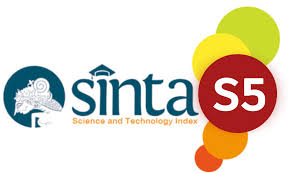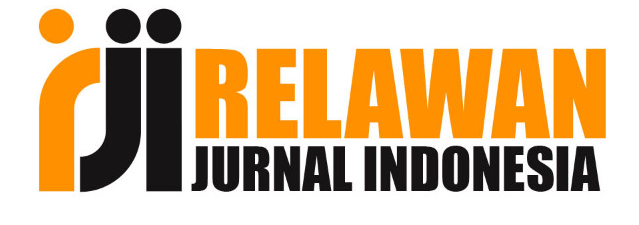TYPES OF ENGLISH LANGUAGE TEST
DOI:
https://doi.org/10.36982/jge.v5i1.139Abstract
In this globalization era, English is very prominent for many people all over the world starts from students in elementary school till students in university level. The students are expected to master English language both in oral and written communication. If the students are able to master English, they can use it to interact and socialize with people who are not only from Indonesia but also from other countries. Therefore, to see whether or not the students succeed inmastering English, the test must be administered. This articleaims to discuss miscellaneous of tests which can be used in teaching and learning environment. Some conclusions and suggestions are made to ensure both the teacher and students will gain benefits from these types of English language test.
Keyword : types, English language, test
References
Applied Skills, & Knowledge, LLC. (2001). Making accurate & fair test. Retrieved from http ://www.appliedskills.com/White%20Papers/Making%20Accurate%20&%20Fair%20Tests.pdf
Bachman, L. F. (1990). Fundamental considerations in language testing. Oxford: Oxford University Press.
Bailey, K. M. (1998). Learning about language
assessment: Dilemmas, decisions, anddirections. Pacific Grove, CA: Heinle &Heinle.
Brown, H. D. (2003). Language assessment: Principles and classroom practices. WhitePlains, NY: Longman.
Brown, H. D. (2004). Principles of language learning and teaching. New Jersey: Prentice-Hall Regents.
Canale, M., & Swain, M. (1980). Theoretical bases of communicative approaches to second language teaching and learning. Applied Linguistics, 1(1), 1-47.
Carroll, B. J. (1983). Communicative language tests: Tasks, enabling skills, formats, and measurement criteria. WorldLanguage English, 2(1), 37-39.
Gonzalez, A. B. (1996). Testing English as foreign language: An overview and some methodological considerations. RESLA, 11, 17-49. Retrieved from http://www.dialnet.unirioja.es/descarga/articulo/106212.pdf‎
Harmer, J. (2001). The practice of English language teaching. Cambridge, UK: Longman. Retrieved fromhttp://www.scribd.com/doc/55944844/The-Practice-of-English-Language-Teaching-3rd-Ed-Jeremy-Harmer-2001
Hughes, A. (1989). Testing for language teachers. Cambridge, UK: Cambridge University Press.
Hungerland, R. (2004). Language proficiency testing: A critical survey. Paper presented at TESL Canada National Conference, Canada, North America.
Katsumasa, S. (1997). Communicative language testing: Principles and problems. English Review, 12, 3-24. Retrieved December1, 2007, from http://ci.nii.ac.jp/naid/110004 693443/en/
Riley, R. W., & Cantu, N. V. (2000). The use of tests as part of high-stakes decision-making for students: A resource guide for educators and policy-makers. Retrieved from http:// www.ed.Gov/offices/.../testing/TestingResource.doc
Waugh, C. K.., &Gronlund, N. E. (2013). Assessment of student achievement. New Jersey: Pearson Education, Inc.
Wesche, M. B. (1983). Communicative testing
in a second language. TheModernLanguage Journal, 67 (1), 41-55.
Downloads
Published
How to Cite
Issue
Section
License
Global Expert: Jurnal Bahasa dan Sastra is published by Universitas Indo Global Mandiri and licensed under a Creative Commons Attribution-ShareAlike 4.0 International License.











